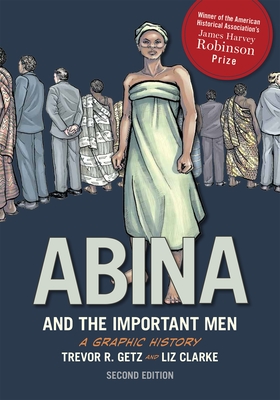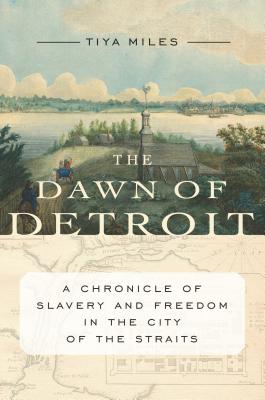
description
obinson Prize from the American Historical Association--and widely acclaimed by educators and students--Abina and the Important Men, Second Edition, is a compelling and powerfully illustrated "graphic history" based on an 1876 court transcript of a West African woman named Abina, who was wrongfully enslaved and took her case to court. The book is a microhistory that does much more than simply depict an event in the past; it uses the power of illustration to convey important themes in world history and to reveal the processes by which history is made. The story of Abina Mansah--a woman "without history" who was wrongfully enslaved, escaped to British-controlled territory, and then took her former master to court--takes place in the complex world of the Gold Coast at the onset of late nineteenth-century colonialism. Slavery becomes a contested ground, as cultural practices collide with an emerging wage economy and British officials turn a blind eye to the presence of underpaid domestic workers in the households of African merchants. The main scenes of the story take place in the courtroom, where Abina strives to convince a series of "important men"--a British judge, two Euro-African attorneys, and a jury of local leaders--that her experiences and perceptions matter. "Am I free?" Abina inquires. Throughout both the court case and the flashbacks that dramatically depict her life in servitude, both the defendants and members of the court strive to "silence" Abina and to impose their own understandings and meanings upon her. Following the graphic history in Part I, Parts II-V provide detailed historical context for the story, a reading guide that reconstructs and deconstructs the methods used to interpret the story, and strategies for using Abina in various classroom settings. This second edition features a new gender-rich section, Part V: Engaging Abina, which explores Abina's life and narrative as a woman. Focusing on such important themes as the relationship between slavery and gender in pre-colonial Akan society, the role of marriage in Abina's experience, colonial paternalism, and the meaning of cloth and beads in her story, this section also includes a debate on whether or not Abina was a slave, with contributions by three award-winning scholars--Antoinette Burton, Sandra Greene, and Kwasi Konadu--each working from different perspectives. The second edition includes new, additional testimony that was rediscovered in the National Archives of Ghana, which is also reflected in the graphic history section.
member goods
No member items were found under this heading.
Return Policy
All sales are final
Shipping
No special shipping considerations available.
Shipping fees determined at checkout.






